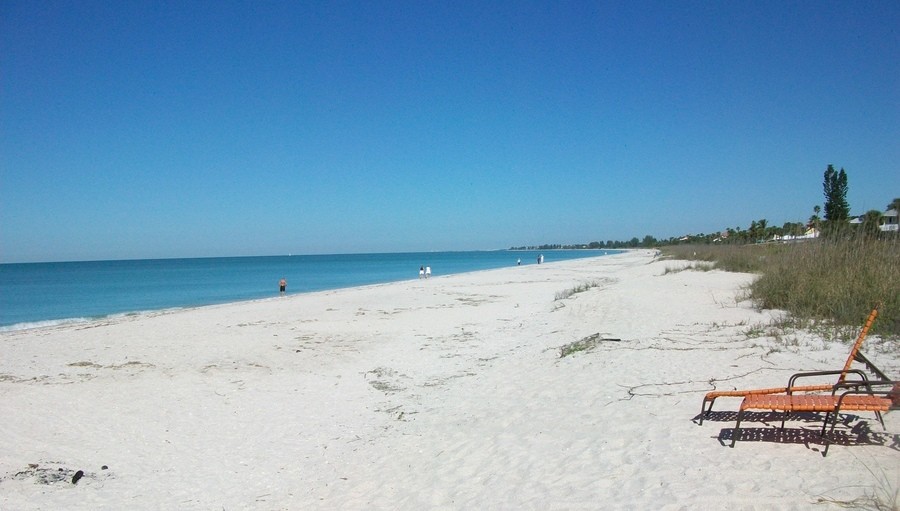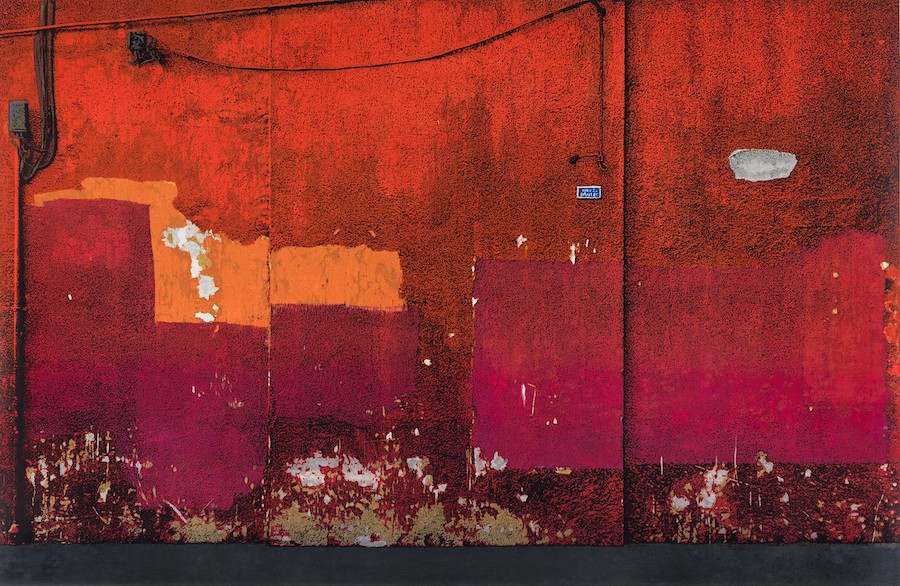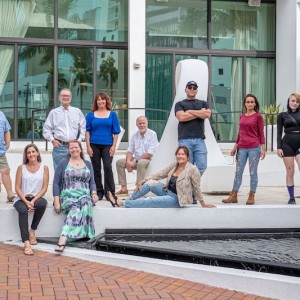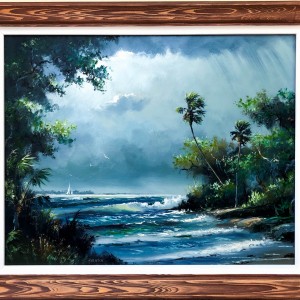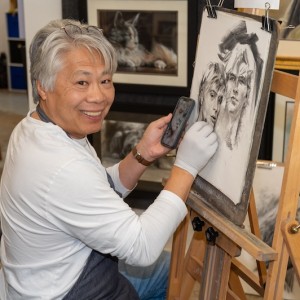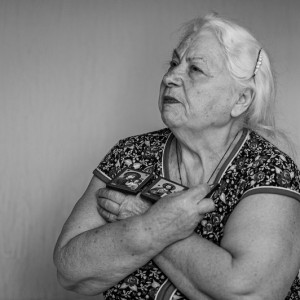Ringling Museum Brings Postwar Prints to Asian Art Center
Todays News
SRQ DAILY FRIDAY WEEKEND EDITION
FRIDAY NOV 16, 2018 |
BY PHILIP LEDERER
Pictured:
From the 17th century through the 19th century, woodblock printing in Japan enjoyed great acclaim. In a time before movable type, the process enabled a notable merging of artistic flair and the beginnings of mass production. But as the 20th century dawned, strength became weakness and modernization took its toll. “Woodblock prints were seen a bit as being obsolete and old-fashioned,” says Rhiannon Paget, curator of Asian Art at The Ringling Museum, and the mind behind the museum’s latest exhibition, Woodblock Prints from Postwar Japan, opening this Sunday, November 18. Even its brush with mass production became a negative, and woodblock printing would not be taught in major Japanese universities. “It had the taint of commercialism,” Paget says. But the storied art form never disappeared entirely, and in postwar Japan the technique enjoyed a resurgence as artists sought to establish the medium as “equal to painting or sculpture.”
Through a series of 20 woodblock prints from The Ringling’s permanent collection, and loans from three private collections, this latest exhibition seeks to showcase the medium and the technique in all its glory. From the figurative to the abstract, the surreal to the straightforward, the illustrative, the realist, the stylized, intricate, minimalist and vibrant—it’s all on display.
See works from Onchi Kōshirō, considered a central figure in modernist Japanese printmaking. Often using found objects in his prints, look for imprints of leaves and even fish fins in the composition. Working in lean times after World War II, Kōshirō also incorporated leftover wax paper from discarded cigarette cartons into his process. Hanging nearby, see work from Kōshirō’s student, Yamaguchi Gen, as well, whose Propagandist reveals more secrets the closer the viewer gets, with wood grain and artistic intention coming to the fore from hidden depths.
On the figurative side, the work of Inagaki Tomoo takes a classic subject—the cat—and injects a playfulness fitting of its feline form. The piece hangs in conversation with one of the many glass-cased sculptural pieces arranged in the inner circle of the gallery, Morimura Torizo’s Ornament of a Hare, a carven take on the legend of the White Hare of Inaba. For a surrealist approach to woodblock printing, make time to see a pair of works from Sekino Jun’ichiro, who destroyed his woodblocks as he printed, using what is referred to as the reduction method. As a result, his prints came in very limited editions, sometimes as few as three or five.
The exhibition continues around the room, with works from Yoshida Hodaka—whose process remains a mystery—the ever-popular Saito Kiyoshi and Hiratsuka Un’ichi, a father of the movement who lived to be 102 years old. And for an in-depth look at the process via the process, a woodblock print book by Maekawa Senpan, detailing his entire process from conception to distribution, has been digitized and translated for guests to peruse.
On display in the Chao Gallery of the Ringling Museum Center for Asian Art, Woodblock Prints from Postwar Japan opens Sunday and runs through May 5.
Pictured:
« View The Friday Nov 16, 2018 SRQ Daily Edition
« Back To SRQ Daily Archive





